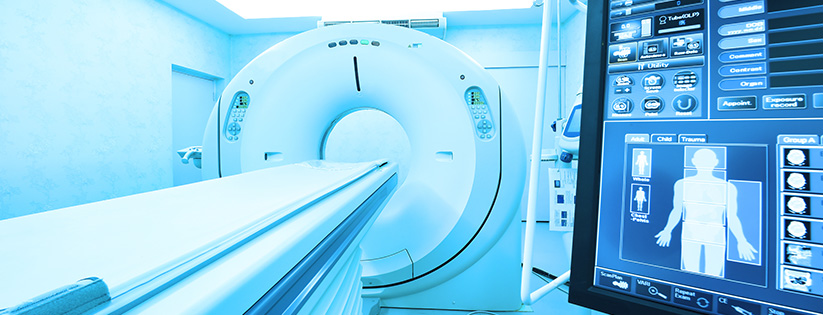*blog was updated on Dec 2, 2019
Hospitals are re-evaluating and re-engineering their outreach efforts and are acquiring freestanding imaging centers as a critical component when developing an ambulatory strategy. At the same time, patients are looking for convenient “one-stop shopping” and cost savings—a full 80%+ obtain their healthcare services in an ambulatory setting. Without a doubt, hospitals that can provide services close to where a patient lives and works will ultimately win their overall business and succeed in a value-based payment environment.
With their accessibility issues, outpatient radiology programs that are housed on a hospital campus continue to look less attractive to patients who demand easy in-and-out service. By acquiring imaging centers that are located in or near ambulatory facilities and campuses easily accessed by patients, hospitals can not only capture the actual business but also build supportive and mutually beneficial relations with referring and admitting physicians in their catchment area.
Will Acquiring Imaging Centers Impact Hospital Receivables?
Stepping into the ambulatory arena brings significant challenges, including global billing considerations and the transition from hospital billing practices to an outpatient imaging center. Specifically, the way billing is handled in the hospital setting is diffused by layers of admissions and billing office personnel. In an outpatient imaging center, with its streamlined check-in process, the following functions deserve special consideration to avoid ballooning AR and claims denials:
- Insurance verification and benefits —The healthcare payment lifecycle begins with an accurate recitation of patient demographics, insurance coverage and eligibility, and out-of-pocket dollar amounts available. Without precise, verified information, the whole process breaks down into an avoidable cycle of manual rework and follow-up.
- Determining patient responsibility due and collecting at the time of service—informing patients of their co-pay or co-insurance, and collecting as they arrive is key, particularly in an off-campus imaging center. Patients who receive bills for portions due well after the fact are often unmotivated to pay. These receivable amounts will linger dragging down your days outstanding unnecessarily, while also potentially damaging the patient relationship.
- Prior authorizations (PAs)—Originally intended as a utilization management and cost containment tool, PAs have grown into a behemoth that 91% of physicians say negatively impact patient outcomes. Besides creating scheduling and administrative nightmares, PAs take time away from the patient and adds to the denials management workload.
- Clinical Decision Support Mechanism (CDSM)—In the hospital setting, certified compliance certificates are required for Medicare patients that receive advanced diagnostic testing. However, outpatient imaging centers are still dependent on the ordering provider to obtain their CDSM certificate of Appropriate Use Criteria (AUC). Luckily, today’s bi-directional integrated software has great potential in addressing this soon-to-be-implemented (1/1/2020) requirement from the CMS by linking imaging facilities to their referring providers for a real-time solution.
What Can Be Done to Minimize Receivables Damage?
A stand-alone imaging center looks the same to patients from the outside, but without adopting strong outpatient billing practices, hospitals run the risk of compounding denials and expanding receivables. Best practices suggest leveraging automated technology that uses solutions supported by Artificial Intelligence (AI) and machine learning. Both AI and machine learning reduce manual workflow and can be assisted by third-party outsourcing—allowing you to scale up or down as required to meet the flux of patients.
The solutions now available through AI and predictive analysis technology are driving automated improvements at hyper speed with PA and its corresponding cousins, insurance verification, co-pay collection, and CDSM, leading the way in the healthcare payment lifecycle. Integrating AI into the provider data RCM workflow creates an organized and efficient process that automates submission, follow up, and notifications into a seamless effort that reduces rejected claims and accelerates the reimbursement cycle vastly improving overall analytics.
A survey from Healthcare IT News and HIMSS Analytics noted that 35% of healthcare organizations have a two-year timeline on implementing AI system-wide, with another 40% poised in the following 2-3 years. Innovative thinking in this new age of technology has lead to hospitals evaluating how they do business and what improvements are now available that will drastically improve their bottom line while also enhancing the patient relationship.
Contact us today for more information on AI-driven and automated radiology and imaging center RCM solutions.
